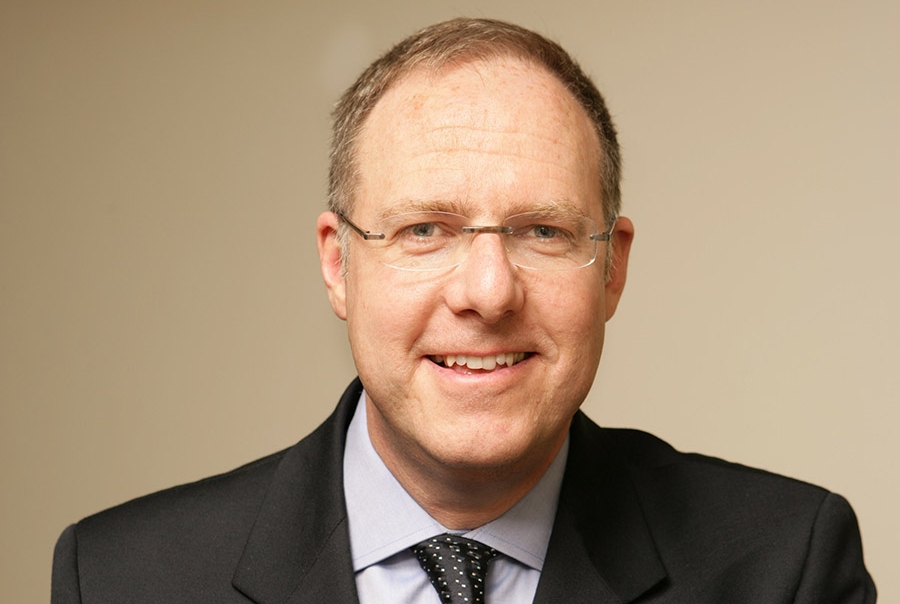NEW YORK (November 1, 2006) — "The Lifetime Cost of Current HIV Care in the United States," a major study appearing in the November 2006 issue of Medical Care, projects the cost of treatment for HIV-infected adults using current standards of care. The study provides guidance for policy makers so that appropriate funds are allocated for HIV care and prevention.
"Policy makers need accurate and up-to-date predictions of the future expense of HIV treatment if they seek to ensure broad access to high-quality care," says lead author Dr. Bruce R. Schackman, Chief of the Division of Health Policy in the Department of Public Health at Weill Cornell Medical College. "If they rely on outdated cost information, treatment programs will be under-funded and the economic value of HIV prevention will be understated."
Dr. Schackman and Dr. Kenneth A. Freedberg, Director of Epidemiology and Outcomes Research at the Partners AIDS Research Center/Massachusetts General Hospital (PARC/MGH), collaborated on the study with Drs. Kelly A. Gebo and Richard D. Moore from the Department of Medicine at Johns Hopkins University School of Medicine, along with colleagues at PARC/MGH, Harvard School of Public Health, Harvard Medical School, and Boston University School of Public Health.
The authors estimated the monthly medical cost for people with HIV, from the time of beginning appropriate care until death, to be $2,100 on average. The projected life expectancy for these individuals, if they remain in optimal HIV care, has now increased to 24.2 years, and the lifetime per person HIV care cost is now $618,900 per person. This amount is comparable to the estimated lifetime medical cost for women under age 65 in the U.S. with cardiovascular disease, who can also have long life expectancies with appropriate medical management. When HIV care costs are discounted to reflect the fact that they will be incurred in the future, the projected lifetime cost per person at the time of entering optimal HIV care is $385,200, and the treatment expense that can be avoided by preventing each HIV infection is $303,100.
The authors used a computer simulation model to project HIV medical care costs. Information on medical visits and hospitalizations came from the HIV Research Network, a consortium of high-volume HIV primary care sites in the US, and data on the efficacy of HIV treatment drug regimens were from other published studies.
"Since combination therapy was introduced in 1996, there has been a dramatic increase in the life expectancy and quality of life of individuals in the U.S. infected with HIV," says Dr. Freedberg. "As effective regimens have substantially improved survival, they have also increased the lifetime cost of HIV-related medical care."
The authors found that today, medications make up more than 70 percent of the expense of HIV treatment. Before combination therapy was introduced, HIV treatment usually consisted of one or two drugs. Today, there are 24 drugs in four different drug classes, and drugs are selected using sophisticated tests for drug resistance that were unavailable in the mid-1990s.
At the same time, hospitalization rates have declined as a result of these effective therapies. A 1993 estimate of the life expectancy for an HIV-infected adult without symptoms was 6.8 years, and approximately 50 percent of the future cost of care for this individual was expected to be for hospital stays while only 14 percent would be for medications.
"While federal government spending on HIV-related medical care in the U.S. has tripled during the past 10 years, cost considerations still limit access to HIV care," says Dr. Moore. "Access to HIV care may become increasingly difficult unless more government funds become available or the cost of HIV care is reduced. Since the major portion of all HIV treatment costs now comes from antiretroviral drugs, further scrutiny of drug pricing is to be expected."
The Centers for Disease Control and Prevention (CDC) estimate that about 40,000 people become infected with HIV every year in the United States. Under current care standards, these infections will result in $12.1 billion annually in future treatment costs. Although those who avoid HIV infection will eventually incur medical costs for other diseases, the financial burden of most non-HIV diseases occurs much later in life. The study therefore demonstrates that greater investments in evidence-based HIV prevention activities are clearly needed, as well as appropriate funds to treat people who are infected.
The CDC also estimates that 250,000 people with HIV in the U.S. — one-fourth of the total with HIV — do not know that they are infected. New CDC guidelines released in September 2006 recommend making HIV testing a part of routine medical care, with the goal of identifying these people so that they can get care early and avoid transmitting HIV. If this important public health goal is reached, even more funds will be required to treat these newly identified HIV patients.
The study was supported in part by the National Institute of Allergy and Infectious Diseases, the National Institute on Drug Abuse, and the Agency for Healthcare Research and Quality.
Office of Public Affairs
pr@nyp.org
November 1, 2006

Dr. Bruce R. Schackman
